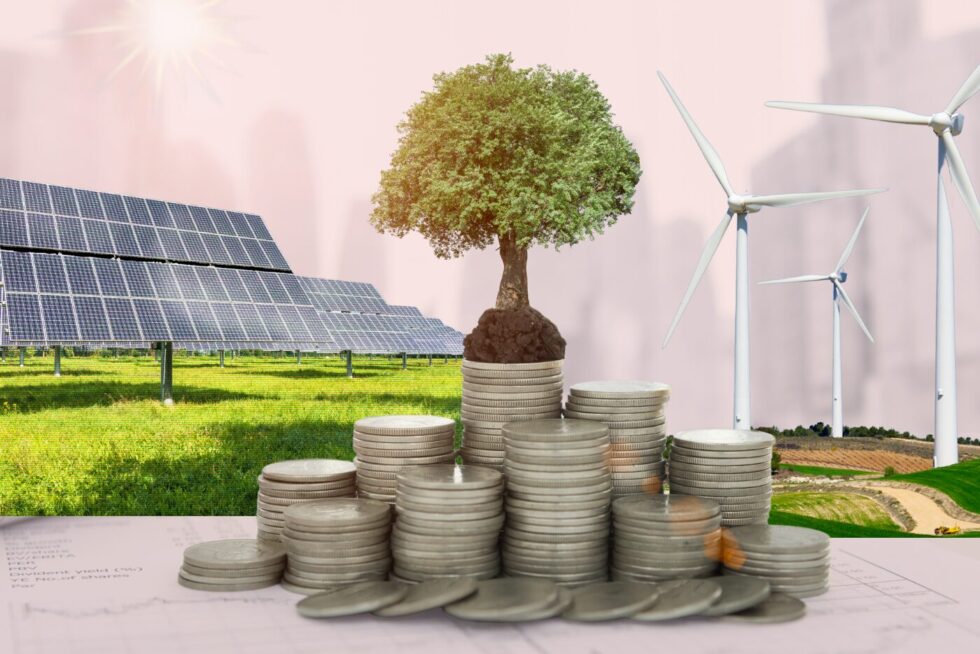Germany embarked on a radical reform of its energy supply back in the 2000s – the Energiewende. The original concept was straightforward: gradually phasing out nuclear and coal power plants in favour of renewable energy sources. At the time, the project was celebrated internationally as a pioneering model for sustainability, and additional costs for households seemed minimal. Over the years, however, it became clear that the scale of investment required was far higher than predicted, raising debates about funding and social burden, reports G.business.
How much will the green transition cost Germany
According to the German Chamber of Industry and Commerce (DIHK), the total costs could reach €5.4 trillion over 25 years. These expenses include not just renewable energy plants but also wide-ranging infrastructure investments.
Key cost drivers include
- Construction of new power plants
- Modernisation and expansion of electricity grids
- Increased reliance on energy imports
- Adaptation of industrial production
- Large-scale investments in transport and buildings
Currently, annual private investment stands at €82 billion, but this could climb to €316 billion by 2035 – nearly quadruple today’s figure.
What impact will costs have on economy and jobs
The business sector warns that the price tag may put immense pressure on Germany’s competitiveness. If energy costs rise too high, companies may move production abroad, risking growth and employment.
Main risks identified:
- Relocation of production to cheaper countries
- Loss of thousands of jobs in key industries
- Declining international competitiveness
- Rising burden on small and medium enterprises
DIHK president Peter Adrian has cautioned that without new strategies, government climate targets are unlikely to be achieved under current policies.
Government response and new initiatives
Economy Minister Katharina Reiche announced a review of existing subsidy programmes. She confirmed the commitment to exit fossil fuels but stressed that the transition must remain economically viable.
Government focus points:
- Reducing bureaucracy and regulatory hurdles
- Encouraging technological innovation
- Supporting private investment through incentives
- Implementing a market-based CO₂ pricing system
The DIHK argues that a strong carbon price would be the most effective mechanism to channel investment into cleaner technologies.
Opportunities and perspectives of the Energiewende
Despite enormous costs, the Energiewende also offers opportunities for Germany’s long-term growth and leadership in renewable technologies. The challenge is both ecological and industrial.
Potential positive outcomes:
- Germany as a global leader in green technologies
- New industries such as hydrogen and battery storage
- Reduced dependence on fossil fuel imports
- Cleaner environment and healthier cities for citizens
The trillion-euro transformation may weigh heavily on budgets, but it also opens doors to innovation and the creation of a sustainable future.
Germany’s energy transition has entered a decisive phase. While the projected costs of up to €5.4 trillion represent an unprecedented challenge, they also symbolise the scale of ambition behind the Energiewende. Balancing ecological goals with economic stability will determine whether the transformation becomes a global success story or a cautionary tale of overextension.
What remains clear is that the future of Germany’s energy policy will not only shape its domestic economy but also influence Europe’s position in the global race for green technologies. For citizens, companies, and policymakers alike, the coming decades will test resilience, creativity, and the willingness to adapt to a new energy era.
Stay connected for news that works — timely, factual, and free from opinion — and insights that matter now: What future awaits the Digital Euro: how Germany views Europe’s digital currency






